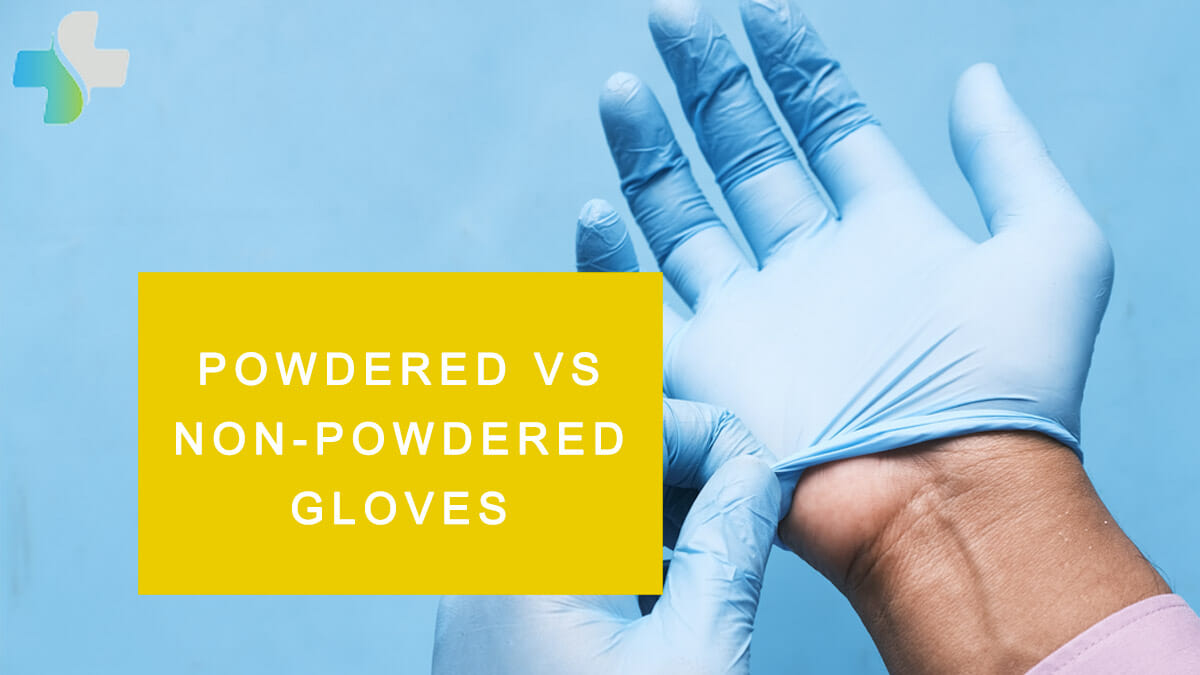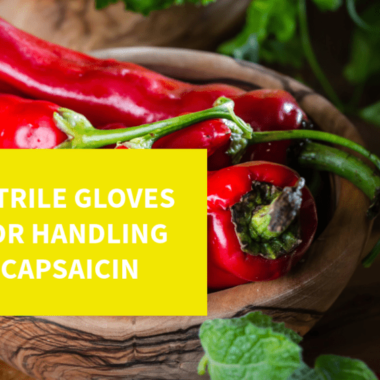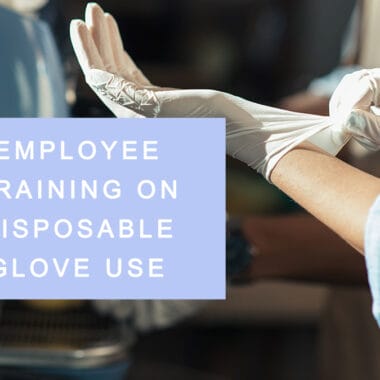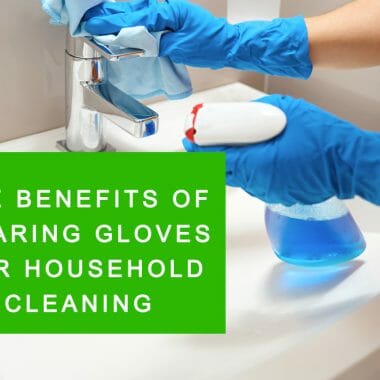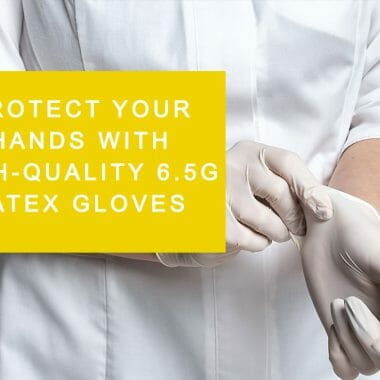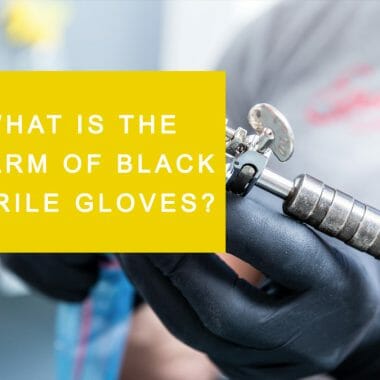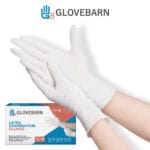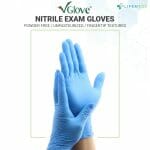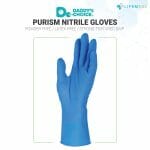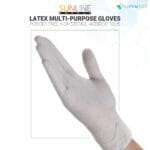If you’re in the market for a new pair of gloves, you may be wondering if powdered or powder-free gloves are right for you. Both types of gloves have their pros and cons, so it’s important to understand the differences before making a decision on which to utilize. In this blog post, we will discuss powdered vs powder-free gloves and help you decide which type is best for your needs.
Powdered Gloves
Powdered gloves are typically made of latex, but can also be made of nitrile or vinyl and coated with a cornstarch powder to help keep your hands dry.
Powdered gloves are less likely to cause allergic reactions than powder-free gloves because the powder helps to absorb any residue or moisture that may be on your skin, but can actually increase the risk of infection because the powder can act as a carrier for bacteria. For this reason, those who work with patients or in a hospital setting may sometimes see powder-free gloves as their best option.
Powder-free Gloves
Powder-free gloves are made in a similar way to powdered gloves, but the powder coating is replaced with another process that helps keep the gloves dry and makes them easier to put on and take off. This process is called chlorination and it uses a chlorine-based compound to help remove the powder from the glove material. This compound can sometimes cause allergic reactions, so powder-free gloves are not always the best choice for those with sensitive skin.
Powder-free gloves are a good choice for those who want to avoid the potential for infection and for those who have sensitive skin. However, they can be more difficult to put on and take off, so powdered gloves may be a better choice for those who need to change gloves frequently. People in the food industry or who work with hazardous materials may also prefer powder-free gloves to powdered gloves for safety reasons.
Key Differences between powdered vs powder-free gloves:
- Powdered gloves are less likely to cause allergic reactions but can increase the risk of infection.
- Powder-free gloves are more difficult to put on and take off but can decrease the risk of infection.
- Powdered gloves are made of latex, nitrile, or vinyl and coated with powder.
- Powder-free gloves are made in a similar way but the powder coating is replaced with another process.
- Those who work with patients or in a hospital setting may prefer powder-free gloves while those in the food industry or who work with hazardous materials may prefer powdered gloves.
Choosing the right gloves for your needs is important to ensure the safety of you and those around you. Be sure to weigh the pros and cons of each type of glove before making a decision on which to use!

